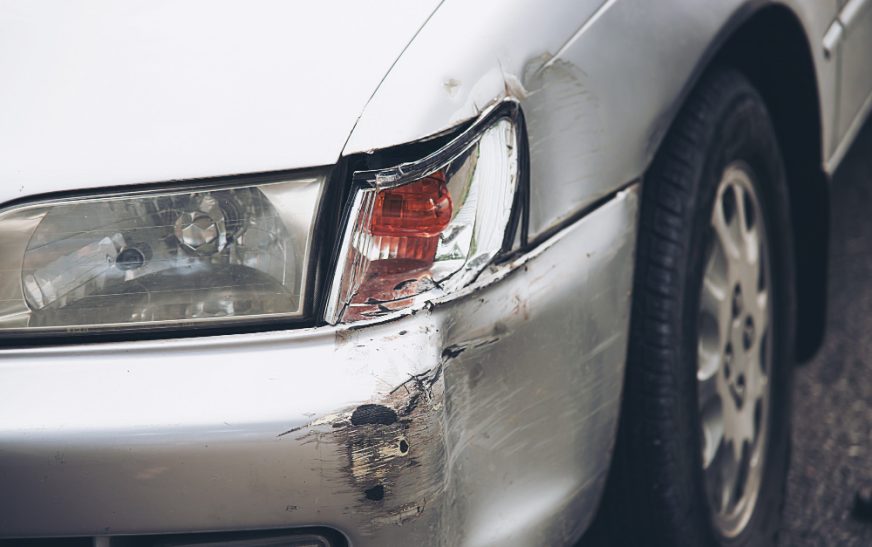Dents and scratches are an unfortunate reality of car ownership. Whether caused by accidental bumps, malicious acts, or everyday wear and tear, these blemishes can be aesthetically displeasing and financially concerning. In such situations, car owners often wonder – can I claim car insurance for dents and scratches?
This blog delves into this question, exploring the nuances of car insurance coverage, factors influencing claim acceptance, and alternative solutions for dealing with minor car damage.
Understanding Car Insurance Coverage
Car insurance typically offers two main types of coverage relevant to dents and scratches:
- Third-Party Liability (TPL): This mandatory coverage protects you from financial liabilities arising from injuries or damage caused by your vehicle to third parties (people or property). Dents and scratches on your car are not covered under TPL.
- Comprehensive Coverage: This optional coverage offers wider protection for your own vehicle, including damage caused by:
- Collision with another vehicle or object (e.g., parked car, pothole)
- Theft
- Fire
- Natural disasters (e.g., floods, hailstorms)
- Vandalism
- Depending on the specific policy wording, dents and scratches may or may not be covered under comprehensive coverage.
Claiming for Dents and Scratches
While comprehensive coverage might offer protection for dents and scratches, claiming for minor damages raises several considerations:
- Policy Wording: Carefully review your policy document to understand the specific terms and conditions regarding coverage for dents and scratches. Some policies might have specific exclusions for minor damages or require them to exceed a certain cost threshold to be eligible for a claim.
- Excess (Deductible): Most insurance policies have an excess (deductible) – a fixed amount you need to bear before the insurance company starts covering the repair costs. If the cost of repairing the dents and scratches is less than the excess, it might not be financially beneficial to file a claim.
- Impact on Premiums: Filing claims, even for minor damages, can potentially lead to increased premiums in the future. This is because insurance companies view frequent claims as indicative of higher risk, justifying higher premiums to offset potential future payouts.
Factors Affecting Claim Acceptance
Even if your policy covers dents and scratches, the insurance company may not always accept your claim. The following factors can influence their decision:
- Severity of the damage: Extensive dents or scratches causing structural damage or impacting functionality are more likely to be covered compared to minor cosmetic blemishes.
- Cause of the damage: Dents and scratches caused by intentional acts like vandalism or driving under the influence of alcohol/drugs are typically excluded from coverage.
- Wear and Tear: Insurance policies generally don’t cover damage resulting from normal wear and tear, making claims for pre-existing scratches challenging.
Alternatives to Claiming for Minor Dents and Scratches
Considering the potential drawbacks of claiming for minor car damage, here are some alternative solutions:
- DIY Repairs: For minor scratches, you might consider DIY solutions like scratch removal compounds or touch-up paint, readily available at auto stores. These can be cost-effective options for minor blemishes.
- Professional Repair Estimates: If the damage is beyond your DIY capabilities, obtain quotes from professional car repair shops. Compare quotes and weigh the cost of repairs against your insurance policy excess to determine the most cost-effective approach.
- Negotiating with the Repair Shop: Depending on the severity of the damage, you might be able to negotiate a lower repair cost with the service provider, potentially making repairs more affordable.
Conclusion
While comprehensive car insurance might offer coverage for dents and scratches in some cases, it’s crucial to assess the specific situation carefully. Consider factors like policy wording, excess, potential premium increase, and alternative solutions before making a claim.
Remember, car insurance serves as a financial safety net for significant unforeseen events. Weighing the cost-benefit analysis and exploring alternative solutions for minor damages can help you make informed decisions and utilize your car insurance effectively.


















